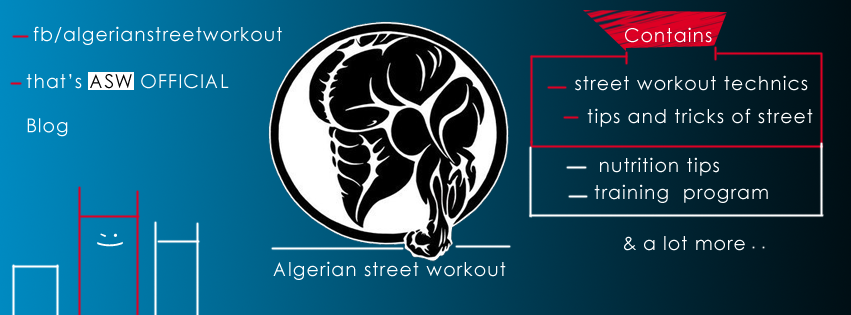The Only 3 Ab Exercises You Will Ever Need
The simple fact of the matter is that if you are already performing a variety of compound exercises (and you should be!), your abs and core are already being worked and strengthened, albeit indirectly.
For example, your abdominals are a major stabilizer during the squat. A sufficiently strong core is necessary to move any significant amount of weight. Think about it this way – if your core is unable to support the weight you place on your back – your body will simply fold.
However, I still do recommend working your abs directly. Next, I will go over the 3 basic types of abdominal movements, and my favorite exercise for each one. These movements cover all of the major muscles of the abdominal region. Strengthen your abs by progressing in these exercises and you will both reap the practical benefits listed above as well as build stronger, bigger ab muscles, allowing them to become visible at a higher level of body fat.
I suggest doing just 2-3 sets of each exercise per week. You may complete them all on the same day or on separate days. I work out three to four days per week and perform one ab exercise per workout, at the end of the workout.
1. Flexion And Extension: The Hanging Leg Raise
The most common type of ab exercise. You flex and extend your core to work your abdominal region, with a focus on the rectus abdominis (aka. the six pack).
Progression (Advance when you can perform over 10-15 repetitions at a given level)
1. Raise your knees in a dip station, where your back is supported.
2. Raise your knees, hanging from a pull up bar.
3. Raise your extended legs, hanging from a pull up bar (pictured above).
4. Raise your extended legs, with a dumbbell in between your feet.
Other flexion/extension exercises: Decline sit-up, sit-up.
2. Rotation: Plate Twist
Rotational exercises work your whole abdominal region but focus on the obliques (internal and external). Sitting down, simply hold your hands together, or a weight, above your torso, lift your feet off the floor, and move the weight side-to-side, almost touching the floor on each repetition. Progress by both adding repetitions and weight.
Other rotational exercises: Cable Rotation, side dumbbell crunch.
3. Stabilization: Plank
Stabilization exercises work your entire abdominal region, but the stress is placed upon the transverse abdominis – the deepest abdominal muscle that wraps around your spine. This muscle is responsible for a the majority of your overall balance and stability, so it must not be neglected. Progress by planking for longer durations, and then planking on a stability ball.
General Guidelines
1. Draw in your navel (ie. pull your belly button towards your spine) throughout each movement. It increases pelvic stabilization and transverse abdominis activation (4).
2. Brace your core (ie. flex/tighten your core/abs). Helps properly recruit and activate the core muscles (3)
The simple fact of the matter is that if you are already performing a variety of compound exercises (and you should be!), your abs and core are already being worked and strengthened, albeit indirectly.
For example, your abdominals are a major stabilizer during the squat. A sufficiently strong core is necessary to move any significant amount of weight. Think about it this way – if your core is unable to support the weight you place on your back – your body will simply fold.
However, I still do recommend working your abs directly. Next, I will go over the 3 basic types of abdominal movements, and my favorite exercise for each one. These movements cover all of the major muscles of the abdominal region. Strengthen your abs by progressing in these exercises and you will both reap the practical benefits listed above as well as build stronger, bigger ab muscles, allowing them to become visible at a higher level of body fat.
I suggest doing just 2-3 sets of each exercise per week. You may complete them all on the same day or on separate days. I work out three to four days per week and perform one ab exercise per workout, at the end of the workout.
1. Flexion And Extension: The Hanging Leg Raise
The most common type of ab exercise. You flex and extend your core to work your abdominal region, with a focus on the rectus abdominis (aka. the six pack).
Progression (Advance when you can perform over 10-15 repetitions at a given level)
1. Raise your knees in a dip station, where your back is supported.
2. Raise your knees, hanging from a pull up bar.
3. Raise your extended legs, hanging from a pull up bar (pictured above).
4. Raise your extended legs, with a dumbbell in between your feet.
Other flexion/extension exercises: Decline sit-up, sit-up.
2. Rotation: Plate Twist
Rotational exercises work your whole abdominal region but focus on the obliques (internal and external). Sitting down, simply hold your hands together, or a weight, above your torso, lift your feet off the floor, and move the weight side-to-side, almost touching the floor on each repetition. Progress by both adding repetitions and weight.
Other rotational exercises: Cable Rotation, side dumbbell crunch.
3. Stabilization: Plank
Stabilization exercises work your entire abdominal region, but the stress is placed upon the transverse abdominis – the deepest abdominal muscle that wraps around your spine. This muscle is responsible for a the majority of your overall balance and stability, so it must not be neglected. Progress by planking for longer durations, and then planking on a stability ball.
General Guidelines
1. Draw in your navel (ie. pull your belly button towards your spine) throughout each movement. It increases pelvic stabilization and transverse abdominis activation (4).
2. Brace your core (ie. flex/tighten your core/abs). Helps properly recruit and activate the core muscles (3)


No comments:
Post a Comment